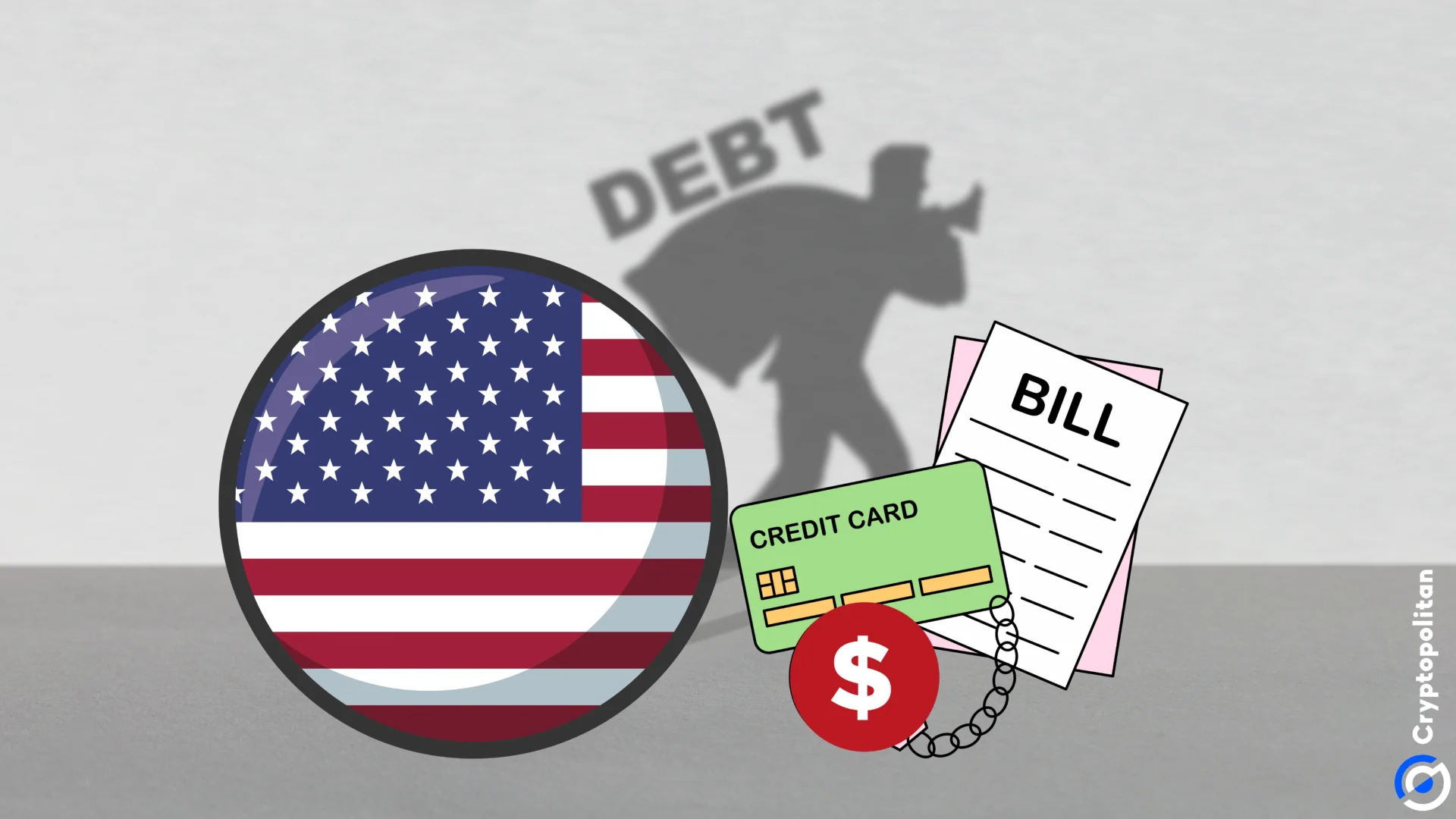
Inflation in the U.S. may seem to be cooling but don’t start celebrating yet. Sure, annual price increases have dropped closer to the Federal Reserve’s 2% target, but inflation has a nasty habit of staging a comeback when you least expect it.
Remember the 1970s? Policymakers thought they had inflation beat, but it came back, and it hit hard. Inflation went from 2.7% in 1971 to 10% by 1974, dragging the economy into a severe recession. So anyone hoping inflation is truly dead now might be in for a surprise.
Over the past few years, inflation has bounced from “transitory” to “persistent” and now just sits there, almost boring.
Some economists are even throwing around terms like the “Goldilocks scenario,” where the economy is neither too hot nor too cold. But if history is any guide, it’s way too early to let our guard down.
Lessons from the 1970s: Not so distant after all
In the late 1960s, U.S. inflation was driven up by government spending on the Vietnam War and social programs. The Fed cranked up interest rates to nearly 10% in 1969, which triggered a brief recession.
Inflation dipped back down to 2.7% in 1971, but that didn’t last long. By 1974, inflation exploded back to 10%, and the economy got hit by another brutal recession.
Many factors triggered the inflation crisis. First, in 1971, Richard Nixon cut off the U.S. dollar’s ties to gold, ending its convertibility into precious metals.
At the same time, Nixon leaned on the Fed to keep the economy juiced up during his re-election bid, pushing for low unemployment over price stability. The pressure worked, and inflation crept back up.
Oil prices tripled after OPEC imposed an embargo on countries supporting Israel during the Yom Kippur War, including the U.S. This energy crisis helped drive prices through the roof.
The Federal Reserve’s initial reaction to the energy crisis was to slash interest rates, which later drew heavy criticism from economists like Milton Friedman. In their eyes, the Fed’s response only made things worse.
But it’s easy to criticize in hindsight. At the time, the Fed might have avoided complete economic collapse by preventing other prices from spiraling out of control.
A recent IMF study supports the idea that energy shocks often play a role in unresolved inflationary periods.
By the time 1980 rolled around, the government’s share of the economy was near 40% of GDP, which coincided with runaway inflation.
The central bank under Arthur Burns was hardly independent, swayed by political trends that took a softer stance on inflation. Burns himself later admitted that the Federal Reserve got tangled in political currents.
The U.S. faces new challenges
We may not be living through a perfect 1970s repeat, but there are enough similarities to raise eyebrows. Government regulations continue to pile up, and there’s growing talk among the so-called “Global South” about breaking the U.S. dollar’s dominance in the international monetary system.
On wages, there’s no shortage of inflation-busting pay deals making headlines. Take U.S. dockworkers, for instance. They just secured a massive 62% pay increase after ending a strike.
Boeing workers turned down a 30% raise. Meanwhile, Vice President Kamala Harris promises to crack down on corporate price-gouging, which some people are already comparing to Nixon-era price controls.
And let’s not forget Donald Trump’s plans if he wins the next election. He’s calling for heavy tariffs on imports, particularly from China and Russia.
Adding to the drama is the current chaos in the Middle East. Even if the conflict doesn’t immediately choke off oil supplies from the Gulf, there’s still a big question mark hanging over the future of global oil supplies.
Exxon Mobil has already warned about potential shortages by 2030 due to underinvestment in the sector. The International Energy Agency (IEA) disagrees, but the ongoing move to renewable energy has already driven electricity costs up by 45% across the European Union since 2020.
The IMF expects total government debt worldwide to hit $100 trillion by the end of this year. Just last year, the U.S. fiscal deficit ballooned to $1.6 trillion, accounting for 6.3% of GDP.
Some economists see what’s happening now as a cyclical downturn rather than a long-term solution to inflation.









